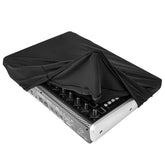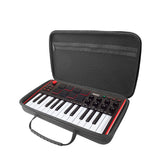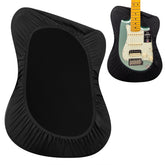Effective Piano Practice Methods: Enhance Your Skills with These Techniques
We recommend several effective piano practice methods for everyone to try. Interested friends may give them a shot, and there might be unexpected gains.
PART 01: Emphasize Fundamental Practice
Fundamental practice not only warms up the fingers, keeping them in the optimal state for piano practice, but also lays a solid foundation for advanced learning. With solid fundamentals, the journey of learning the piano will be smoother and more efficient.
PART 02: Practice Slowly
Regardless of your piano proficiency level, it is essential to practice slowly. Slow practice acts like a magnifying glass, allowing you to scrutinize every detail of your performance, helping you identify shortcomings and enabling more targeted practice.

PART 03: Practice Hands Separately Before Playing Together
Practicing each hand separately ensures that fingerings, rhythms, and notes are played accurately and proficiently. This approach facilitates seamless performance when playing both hands together.
PART 04: Practice Phrase by Phrase
When learning a new piece, instead of repeatedly practicing from beginning to end, try breaking the piece into smaller sections. Practice each phrase or segment until you are satisfied before moving on to the next one.
PART 05: Focus on Difficult Passages
During practice, students often encounter stumbling blocks in complex or challenging sections. In such cases, isolate those parts for focused practice, tackling each technical difficulty one by one. With repeated practice, you can overcome these challenges.

PART 06: Review and Apply Previous Lessons
For the first practice session after a lesson, review the content covered in class. Prioritize practicing the issues pointed out by the teacher and focus on the emphasized aspects. Before practicing, review class notes and recall how the teacher explained the concepts. Pay special attention to the marked sections in the music score. This approach ensures efficient practice sessions.







